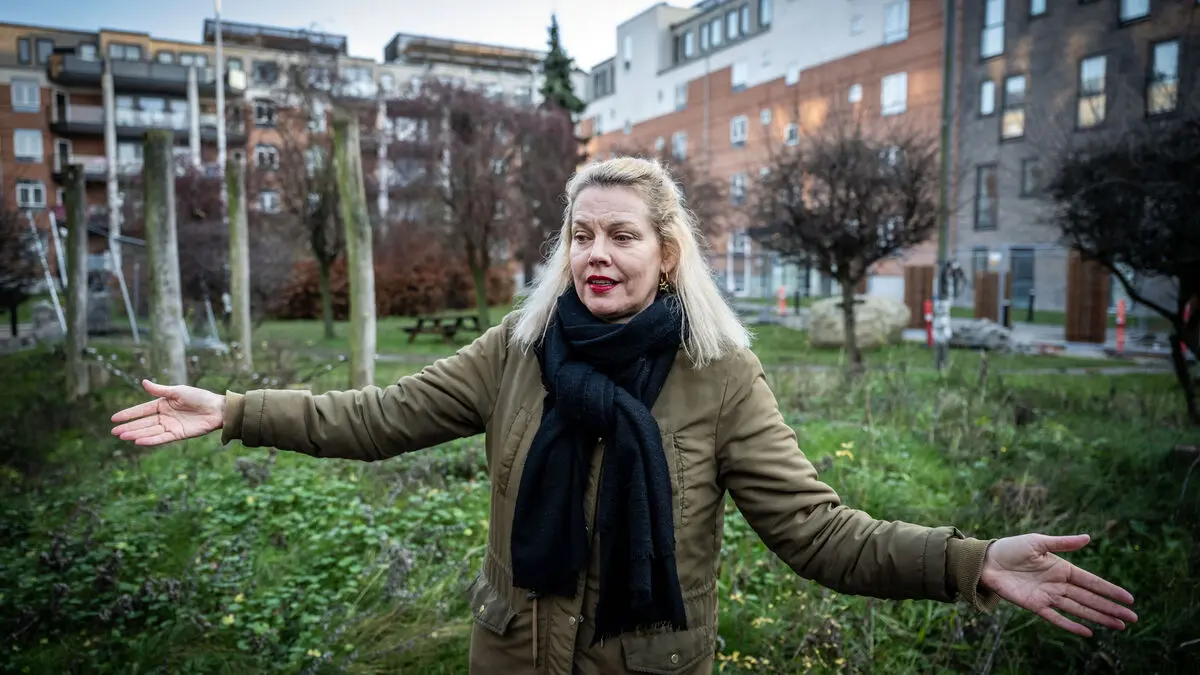The leisure card is intended for children between 8 and 16 years old. The general leisure card will be filled with 500 kronor, but children from socioeconomically vulnerable families will receive 2,000 kronor per year.
Ultimately, it's about meaningful leisure activities for more children and young people, a sense of community, a counterweight to loneliness and exclusion, and it's needed more than ever, says Social Minister Jakob Forssmed (KD) at a press conference.
The money cannot be used to buy equipment and training clothes at a sports store, but rather to pay membership fees or rent equipment needed.
Has been delayed
The card was supposed to be in place by 2024, but has been delayed. Now, the law is proposed to come into effect on September 1 this year, and the actual use of the card is expected to begin during the month of September.
The leisure card will be digital, and the minister hopes it will be easy to use the money.
Leisure activities are booked as usual, and when a membership or participation has been confirmed, the leisure card can be used to fully or partially pay the fees to the association, says Forssmed.
He says that many children today stop playing sports already at the age of 10-11, or maybe never even start. For some, it's due to economic reasons.
It's when they realize that football or gymnastics or cultural school makes it harder for mom and dad to pay for food or electricity. No child should have to experience that.
Good economy
Forssmed states that measures have been taken to reduce the risk of fraud and that the money ends up in the pockets of criminal gangs, something that several referral bodies have warned against. Among other things, associations must have existed for at least five years to be part of the system and they must receive state support. It's not possible to start an association with the purpose of getting access to leisure card money.
How many children and young people will use a leisure card is unclear. When evaluating trials with similar cards in Norway and Iceland, they have primarily been used by households with a good economy.





